The theory of expanded, extended, and enhanced opportunities for youth physical activity promotion
- PMID: 27852272
- PMCID: PMC5112641
- DOI: 10.1186/s12966-016-0442-2
The theory of expanded, extended, and enhanced opportunities for youth physical activity promotion
Abstract
Background: Physical activity interventions targeting children and adolescents (≤18 years) often focus on complex intra- and inter-personal behavioral constructs, social-ecological frameworks, or some combination of both. Recently published meta-analytical reviews and large-scale randomized controlled trials have demonstrated that these intervention approaches have largely produced minimal or no improvements in young people's physical activity levels.
Discussion: In this paper, we propose that the main reason for previous studies' limited effects is that fundamental mechanisms that lead to change in youth physical activity have often been overlooked or misunderstood. Evidence from observational and experimental studies is presented to support the development of a new theory positing that the primary mechanisms of change in many youth physical activity interventions are approaches that fall into one of the following three categories: (a) the expansion of opportunities for youth to be active by the inclusion of a new occasion to be active, (b) the extension of an existing physical activity opportunity by increasing the amount of time allocated for that opportunity, and/or (c) the enhancement of existing physical activity opportunities through strategies designed to increase physical activity above routine practice. Their application and considerations for intervention design and interpretation are presented. The utility of these mechanisms, referred to as the Theory of Expanded, Extended, and Enhanced Opportunities (TEO), is demonstrated in their parsimony, logical appeal, support with empirical evidence, and the direct and immediate application to numerous settings and contexts. The TEO offers a new way to understand youth physical activity behaviors and provides a common taxonomy by which interventionists can identify appropriate targets for interventions across different settings and contexts. We believe the formalization of the TEO concepts will propel them to the forefront in the design of future intervention studies and through their use, lead to a greater impact on youth activity behaviors than what has been demonstrated in previous studies.
Keywords: Adolescents; Children; Intervention; Moderate-to-vigorous; Obesity; Programs; Schools; Sedentary.
Figures
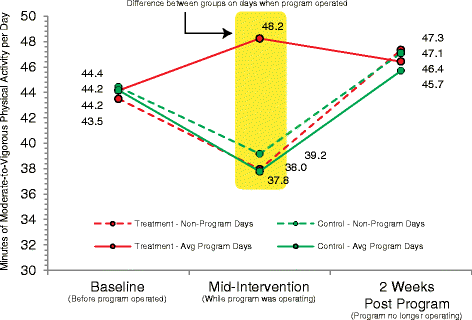
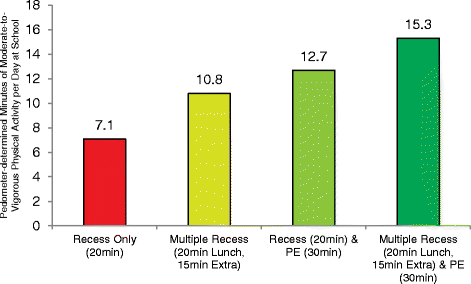
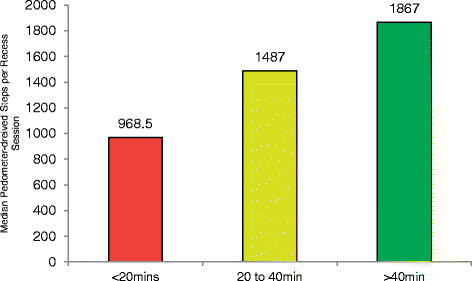
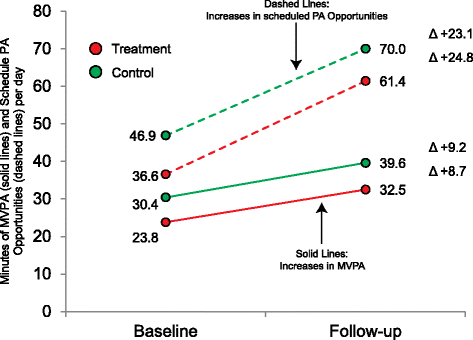
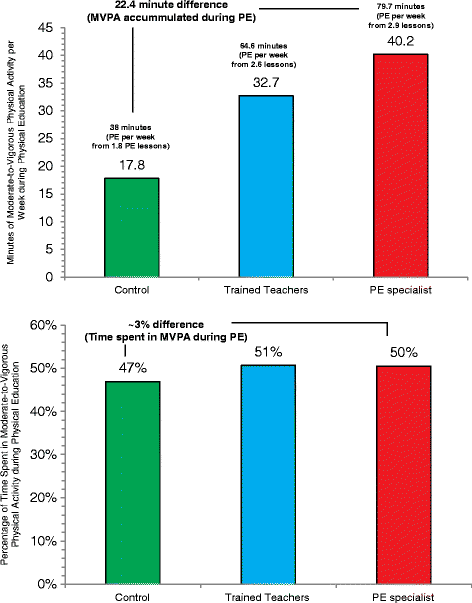
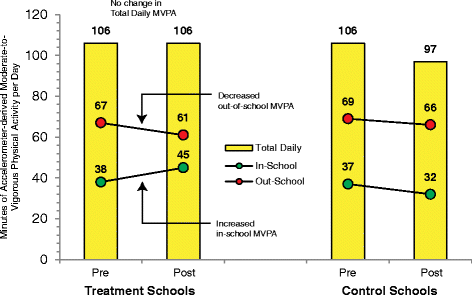
References
MeSH terms
LinkOut - more resources
Full Text Sources
Other Literature Sources
Medical

